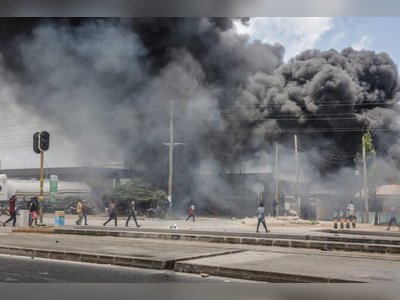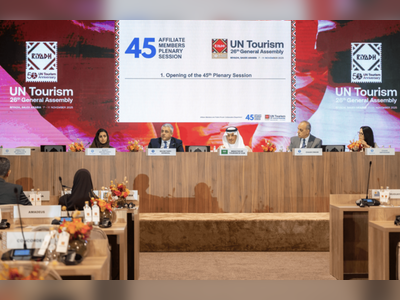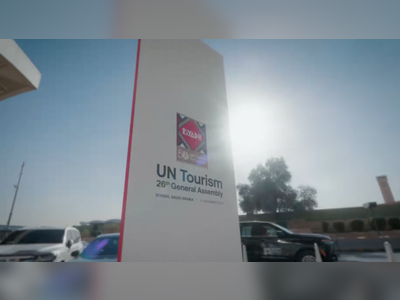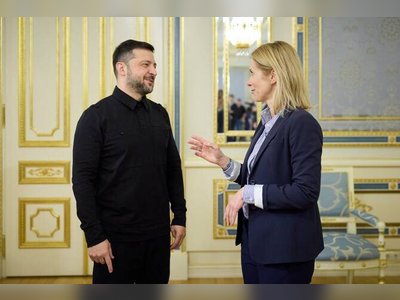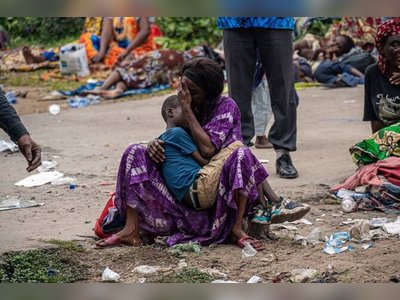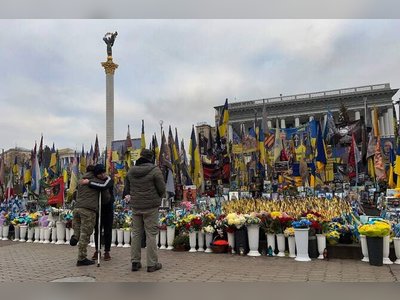
Pope Leo XIV: Six Months In, Finding His Path
A rundown of Pope Leo's priorities and style six months into his papacy.
In the six months since his shock election in May, Pope Leo XIV has been finding his footing as the first American pope.
While he initially faced a steep learning curve after the unexpected transition, Leo is now showing clear signs of establishing his own path and style while maintaining continuity with his predecessor, Pope Francis.
Leo's priorities are becoming more defined, especially in how he aligns with or diverges from Francis' legacy.
One key area is social justice, where Leo has shown strong alignment with Francis' teachings.
For example, in his first major teaching document on the church’s 'preferential option for the poor,' Leo criticized wealth disparities and urged action to address poverty's structural causes.
He also embraced Francis’ ecological initiatives, such as plans for a solar farm that could make Vatican City carbon-neutral.
Moreover, Leo has shown a willingness to engage with marginalized communities championed by Francis, echoing his call for 'land, housing, and work' as sacred rights.
Cardinal Michael Czerny noted the continuity between both popes, emphasizing that policy transitions in the papacy should not be expected to be drastic.
Despite this continuity on key social issues, Leo has introduced more conservative elements into the papacy.
He has revived traditional practices such as the Latin Mass, which was previously limited under Francis, and has been praised by conservative Catholics for his discipline and adherence to tradition.
Leo has also shown a desire to chart new paths where necessary, correcting or modifying some of Francis's policies.
For instance, he abrogated a financial law issued by Francis that centralized power in the Vatican bank, opting instead for more flexible financial practices.
In terms of personal style and routine, Leo is marking his difference from the workaholic Pope Francis.
He enjoys spending time at the papal country house and has agreed to engage with the media more regularly, offering commentary on international issues like the Gaza ceasefire and US immigration policies.
Despite initial hesitation in these interactions, Leo seems increasingly confident in addressing complex topics, such as challenging pro-life advocates on their stance regarding abortion.
His responses have been matter-of-fact and direct, indicating a growing comfort with public discourse.
Overall, Pope Leo XIV is settling into his role six months after his election.
While he continues to build on the foundation laid by Pope Francis, particularly in social justice and ecological initiatives, Leo is establishing his own style and approach.
His willingness to engage with tradition while also making new initiatives reflects a balanced strategy aimed at leading the Catholic Church forward with continuity and innovation.
While he initially faced a steep learning curve after the unexpected transition, Leo is now showing clear signs of establishing his own path and style while maintaining continuity with his predecessor, Pope Francis.
Leo's priorities are becoming more defined, especially in how he aligns with or diverges from Francis' legacy.
One key area is social justice, where Leo has shown strong alignment with Francis' teachings.
For example, in his first major teaching document on the church’s 'preferential option for the poor,' Leo criticized wealth disparities and urged action to address poverty's structural causes.
He also embraced Francis’ ecological initiatives, such as plans for a solar farm that could make Vatican City carbon-neutral.
Moreover, Leo has shown a willingness to engage with marginalized communities championed by Francis, echoing his call for 'land, housing, and work' as sacred rights.
Cardinal Michael Czerny noted the continuity between both popes, emphasizing that policy transitions in the papacy should not be expected to be drastic.
Despite this continuity on key social issues, Leo has introduced more conservative elements into the papacy.
He has revived traditional practices such as the Latin Mass, which was previously limited under Francis, and has been praised by conservative Catholics for his discipline and adherence to tradition.
Leo has also shown a desire to chart new paths where necessary, correcting or modifying some of Francis's policies.
For instance, he abrogated a financial law issued by Francis that centralized power in the Vatican bank, opting instead for more flexible financial practices.
In terms of personal style and routine, Leo is marking his difference from the workaholic Pope Francis.
He enjoys spending time at the papal country house and has agreed to engage with the media more regularly, offering commentary on international issues like the Gaza ceasefire and US immigration policies.
Despite initial hesitation in these interactions, Leo seems increasingly confident in addressing complex topics, such as challenging pro-life advocates on their stance regarding abortion.
His responses have been matter-of-fact and direct, indicating a growing comfort with public discourse.
Overall, Pope Leo XIV is settling into his role six months after his election.
While he continues to build on the foundation laid by Pope Francis, particularly in social justice and ecological initiatives, Leo is establishing his own style and approach.
His willingness to engage with tradition while also making new initiatives reflects a balanced strategy aimed at leading the Catholic Church forward with continuity and innovation.
